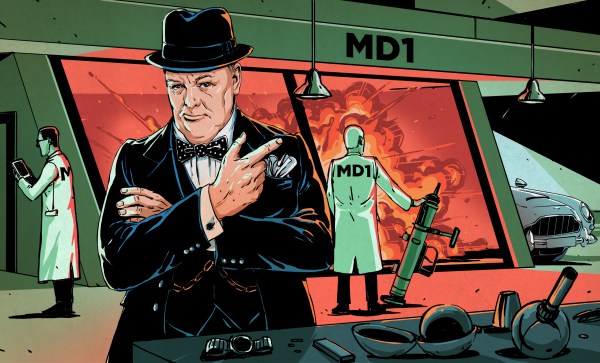The visual arts are a broad field, encompassing everything from the chiselling of marble sculptures to the creation of delicate landscapes in charcoal on paper. However, [Evelyn Rosenberg] has experimented with some altogether more radical techniques over the years, creating her explosively-formed detonographs.
The process of creating a detonograph starts with sketching out a design, and using it to create a plaster mold. The mold exists as a bas relief, upon which metal sheets are laid on top. Various different metals may be layered up to create varying effects, and other objects like leaves, branches, or lace may also be included in the stack up.

Then, the metal plate sitting atop the mold is covered with explosive powder. When this is detonated, it smashes everything together with great force. The metal sheet takes on the negative form of the bas relief mold, while also picking up imprints from any leaves or other objects included in the various layers. Dissimilar metals included in the stack-up may also weld together during this process.
With some post-processing like polishing and chemical treatments, the result is a beautiful metal artwork full of dimension and detail. It’s somewhat like an artistic take on the industrial process of explosive welding. Video after the break.

















